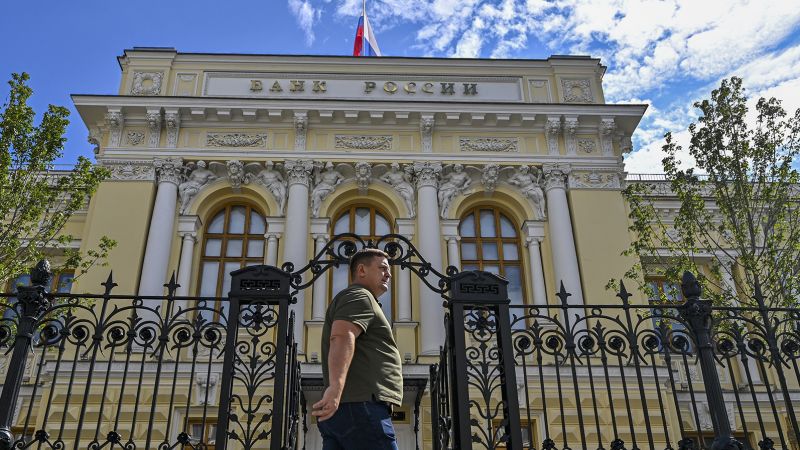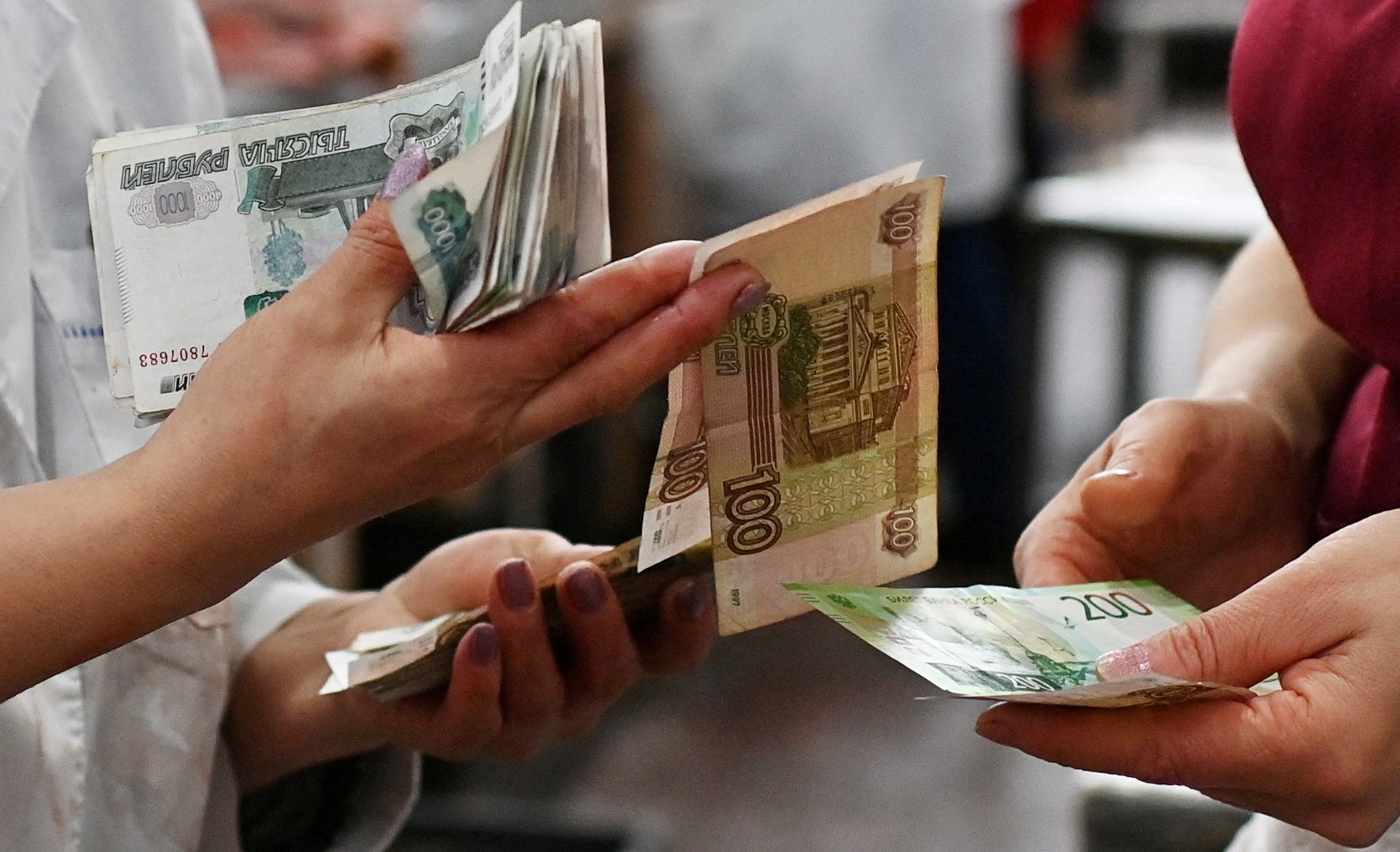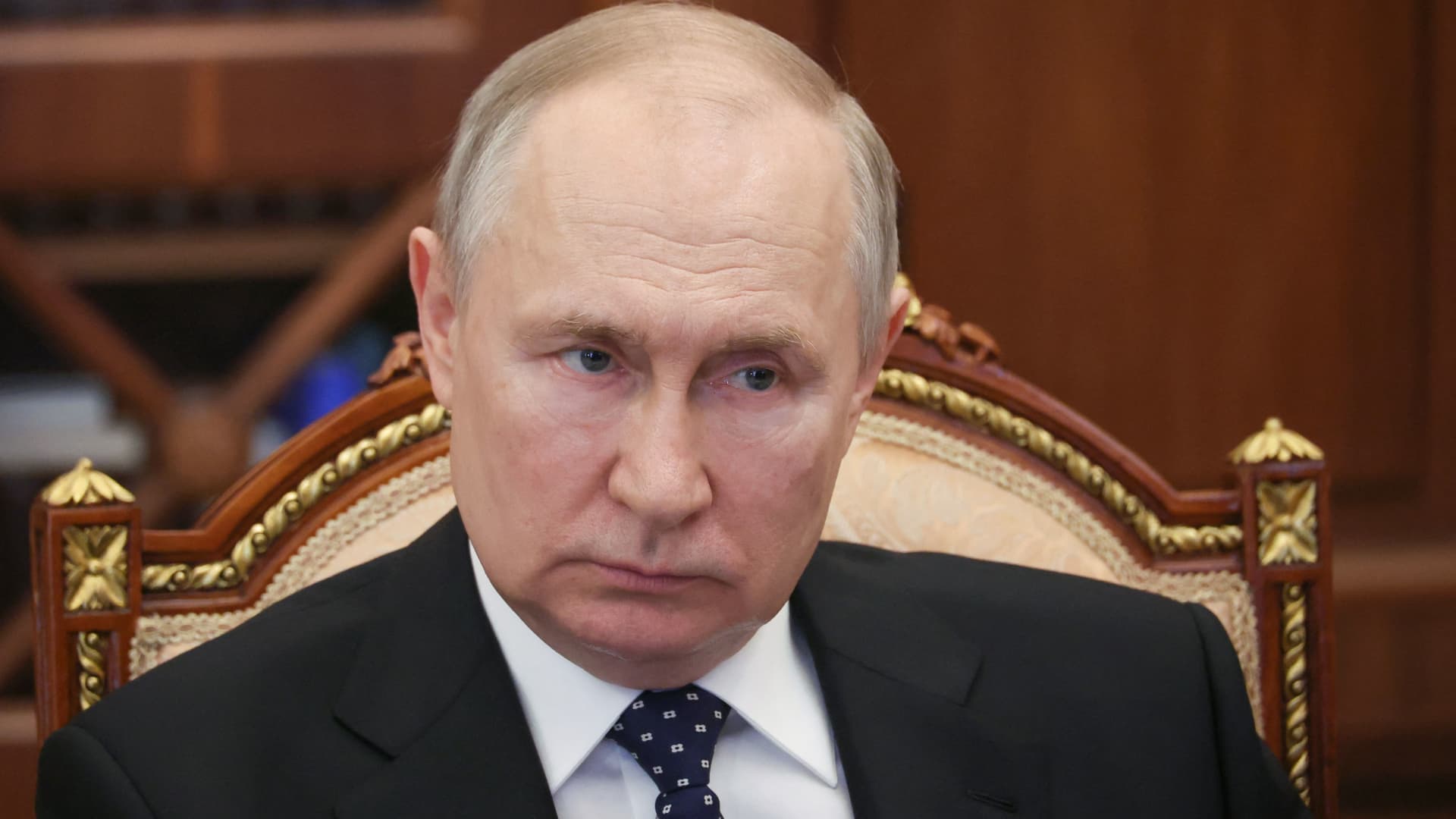The Russian economy is facing huge difficulties because of Western sanctions and the continuous clash in Ukraine. These difficulties are reflected in the weakening value of the Russian ruble, which has reached at a 17-month low against the US dollar. The combination of sanctions and military expenses has prompted a downturn in export revenues, adding to the ruble’s decline.

Also Read: US Credit Card Debt Hits $1 Trillion for First Time Ever
Sources Related to the Currencies of the World (For R&D)
- List of circulating currencies
- International Currencies and Currency Codes
- List of Countries and Currencies of the World
- Top 8 Most Tradable Currencies Worldwide
- Top 10 Strongest Currencies In The World In 2023
- The Dollar: The World’s Reserve Currency
- Currency Exchange Rates
- How Global Currencies Work: Past, Present, and Future
The Russian ruble has encountered a sharp decline, losing almost 40% of its value against the US dollar inside this year alone. This devaluation can be credited to numerous variables, includiung the continuous military conflict in Ukraine and the subsequent Western sanctions imposed on Russia.
The Russian ruble’s value plummeted after Russia’s full-scale invasion of Ukraine in February 2022, dropping to as low as 136 rubles to the dollar in March 2022. However, the currency saw a temporary recovery to around 50 Russian rubles to the dollar in June of the earlier year due to surges in oil and natural gas prices.
Russia heavily depends on its oil and petroleum gas products to support its economy. However, European economies have been broadening their energy sources, decreasing their reliance on Russian oil and gas.
All things considered, nations like the US, Canada, and Norway have become more huge suppliers. This shift has stressed Russia’s commodity incomes as well as added pressure to the government’s finances due to increased spending on the ongoing conflict.
Western sanctions have played had a critical impact in Russia’s financial hardships. These sanctions have led a decline in foreign investment, adding to a downward spiral in economic growth.
Also Read: HSBC’s Doubling Net Profit and $2 Billion Share Buyback
Moreover, the sanctions have disrupted trade relationships and further eroded export revenues. Russia’s balance of trade has suffered, with the country’s current account surplus dropping by a staggering 85% year-on-year from January to July.
The decrease in exports, coupled with increased imports driven by domestic demand, has further depreciated the ruble.
Russia’s Central bank has endeavored to deal with the financial difficulties through different money related apolicy measures. The bank’s free financial approach, including low loan costs, has been criticized for exacerbating inflation.
The combination of high customer lending, a labor shortage, and a wide budget deficit has led to accelerating inflation rates. The Central bank has recently indicated the possibility of raising interest rates to control inflation, which may provide temporary relief but could also impact borrowers negatively.
Also Read: Evergrande Group Reports Massive $81 Billion Loss Over Two Years
Maxim Oreshkin, an economic adviser to President Putin, has attributed the Russian ruble’s depreciation to loose monetary policy and expressed concerns about its impact on the economy.
He underscored that a solid Russian ruble is pivotal for Russia’s monetary security, as a weak ruble complicates the economy’s structural transformation and negatively affects the population’s real incomes.
Despite of President Putin’s statements that Western sanctions make restricted impacts, the Russian ruble’s downfall and the broader economic indicators paint a different picture.
The continuous conflict in Ukraine has stressed Russia’s resources, requiring a significant increase in defense spending. Additionally, the drop in export revenues and the lack of foreign investment have hindered economic growth.
Also Read: Mortgage Rates in Britain Hits 15 Year High, 2-Year Rate Hit 6.66%




/cloudfront-us-east-2.images.arcpublishing.com/reuters/JMTW3VNUYFLONAX5K4ZGGPLE74.jpg)


















+ There are no comments
Add yours